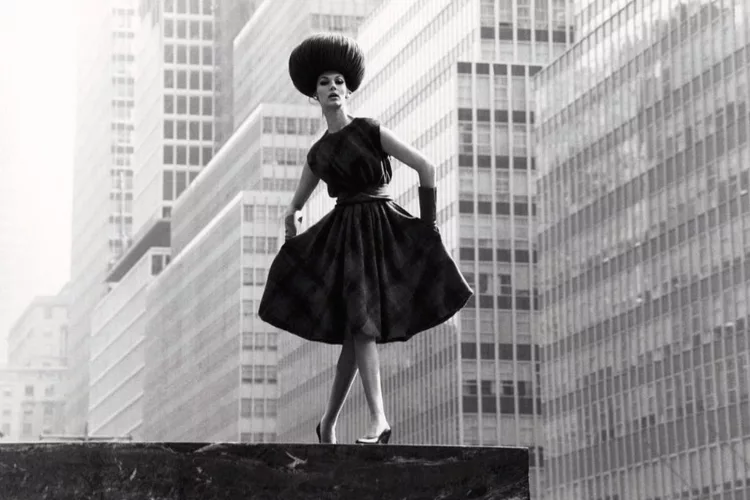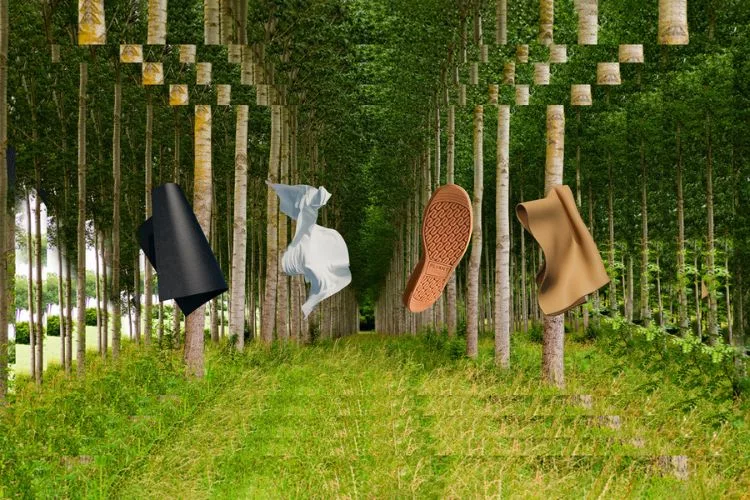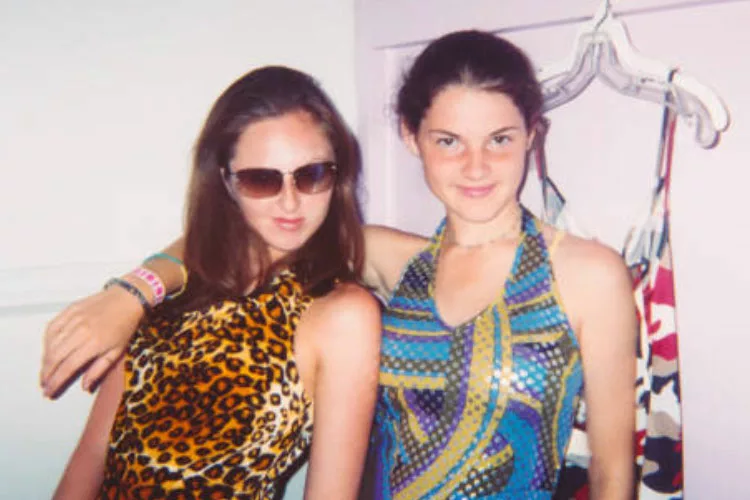Our review
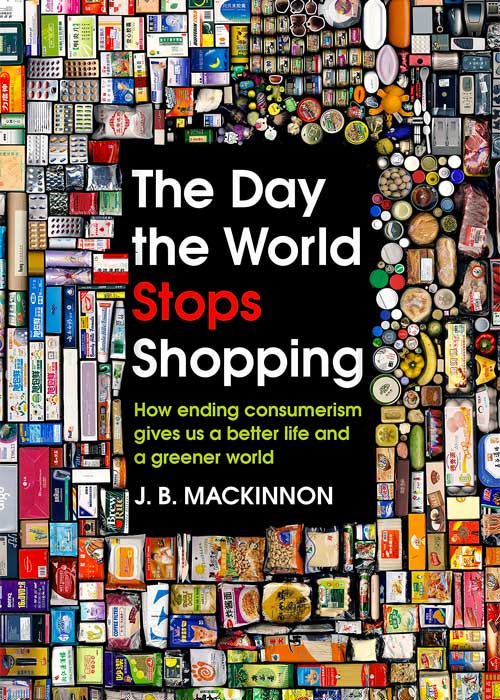
Ever-increasing consumption by ever-increasing numbers of people is devouring the world. So why not try to save it by reducing consumption? What would happen if everybody stopped shopping?
Conventional wisdom panics at the very thought. The economy would collapse, it says. Unemployment and bankruptcy would spread. Society would fall into chaos and the world would be lurched into turmoil.
J.B. MacKinnon disagrees. The Day the World Stops Shopping explores a more optimistic scenario, arguing that a reduction in consumption could end not with a crash, but a soft landing in a new and better place. Written during the pandemic, which caused a quick, major shift in consumption habits, the book draws on practical evidence to make arguments based on data, not just theory. His conversations with economists, business owners, and activists about what happened during COVID lead MacKinnon to lay out a four-stage path toward living with less. Faced with a cessation of mass consumption, he says, the world first reacts, then panics, then adapts. Eventually, it can transform itself, adopting better and more humane ways of living.

Part One: First Days
The early days of the pandemic meant lockdowns and shuttered shops. Restrictions on accessibility forced people to confront the age-old question of needs vs. wants with a new urgency, deciding what to keep buying and what to give up.
MacKinnon points out that consumerism flourishes both because it meets our material needs and because it maintains our standing in the community. When our communities shrank to our households, our material needs changed, and fashion was one of the first industries to feel the shift. Inventory piled up, factories closed, and millions of garment workers (mostly women) found themselves jobless. These people, the ones whose livelihoods depend on the shopping habits of the rich, were the hardest hit.
The first days thus expose the different ways in which different people are affected by consumerism. The wealthy lost the ability to acquire whatever they wanted, whenever they wished. They had to face the reality of living with what they already had. The poor had to learn to live with less.

Part Two: Collapse
The nature of our global economy is such that people’s income derives from other people’s spending. So when shopping stops, the economy stalls. There’s less demand, and that means less work to do. That doesn’t necessarily have to mean mass unemployment, however. The reduced workload could be spread around more–for example, through shorter workweeks. This could yield more leisure, greater job satisfaction, and enhanced productivity. Europe is experimenting with such approaches now, and while it’s still early days, the early results point to success.
MacKinnon acknowledges that a complete end to shopping would be impossible. We need material goods, and we always have. But we don’t need so many, he says, and shopping less would in the long run do everyone a lot of good. The adjustment period would be tough, particularly for developing countries whose economies currently depend on feeding the world’s compulsive consumption machine. Bangladesh, for example, has roughly 6,000 garment factories operating, accounting for 85% of the country’s exports. He argues that switching to a production model that valued fewer but better-made products would cut the number of factories in half. The remaining ones could provide living wages and pollute and waste less, competing on quality and efficiency rather than greed and speed.
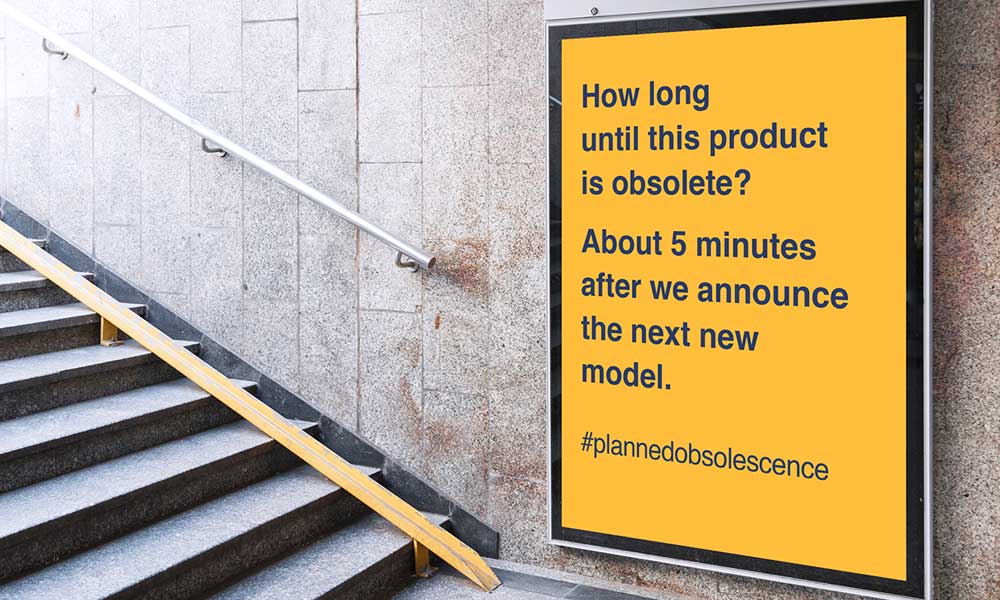
Part Three: Adaptation
Humans adapt. We arrived where we are today by adapting to various circumstances in the past, and will continue to do so in the future. MacKinnon illustrates this by exploring what happened in response to the Industrial Revolution and the Great Depression. In the nineteenth century, technological innovations meant that for the first time it was possible to produce large numbers of goods quickly and cheaply. This led to overproduction and a surplus of goods that needed to be sold. The solution was the invention of advertising: citizens were persuaded to buy things they hadn’t known they needed, and a consumer culture was born. During the Great Depression, meanwhile, the economy fell into a slump. One of the chief ways of reinvigorating it, MacKinnon argues, was the development of planned obsolescence – deliberately designing products to be used and discarded quickly, creating a need for the production and sale of new products to take their place. Long use of high quality products, in other words, is bad for business–even if it’s good for people.
Just as planned obsolescence was conceived of at a time where the economy needed a boost, MacKinnon says, now, at a time when we need to slow down consumption, we could create a model better adapted to our current needs. He showcases a number of companies who operate on what’s called an agrowth model: they innovate in order to provide a service. Growth may or may not follow, but that’s beside the point.
This concept would strike many in conventional corporate environments as absurd. But MacKinnon argues that much of the economic activity we see today is useless churn and novelty for the sake of profit, not value, and could be scaled back without suffering.
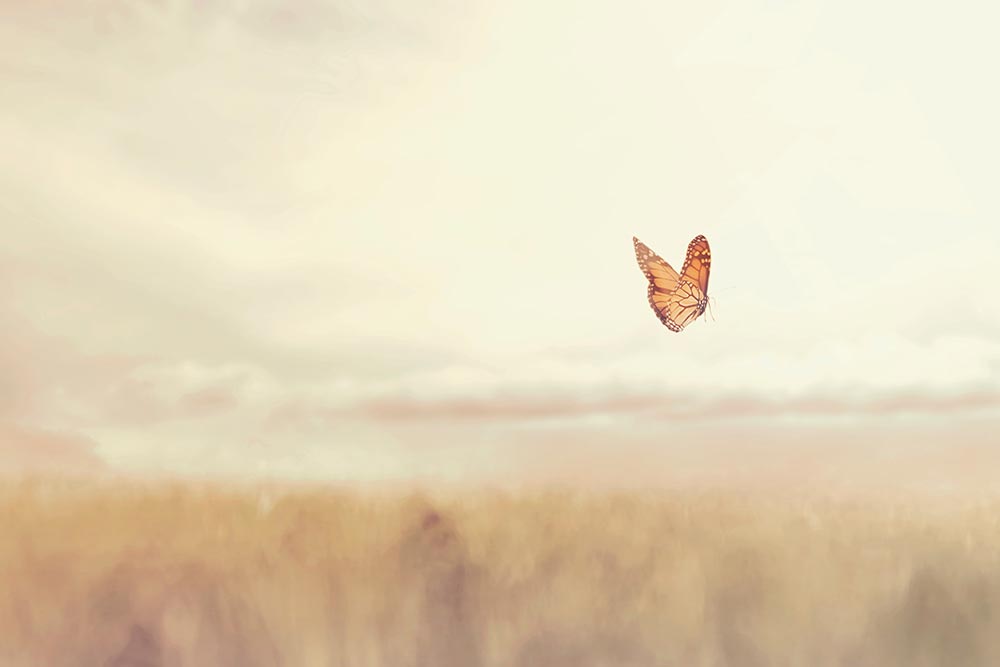
Part Four: Transformation
A world that stopped shopping so compulsively would be a different place, MacKinnon predicts. Essentials would remain, luxuries would diminish. We would take better care of our stuff, knowing it wasn’t easily replaceable. We’d pass our time doing things besides getting and spending; we might even stop looking to material things as the key to our happiness. This would be “the end of the world as we know it, but certainly not the end of the world.”
The virtue of MacKinnon’s book is to help us envision what such a world might look like and how we could get there from here. Infinite growth on a planet with finite resources is bonkers, and sticking to the current path is a recipe for disaster. Some argue for green growth as a way out of the problem, allowing for continued high and even increasing mass consumption through the use of ever more efficient and eco-friendly methods of production of ever more eco-friendly goods. MacKinnon takes the opposite track, arguing that better technology can’t save us from ourselves. “Nothing we have done to green our consumer appetite,” he says, “has been able to keep pace with how quickly that appetite is growing, to the point that the unwavering dedication to greening has become peculiar if not absurd.” He makes a compelling case for appetite control instead.
Buy here or get it at your local library.
-Steph Lawson
RELATED ARTICLES
5 Best Books on Climate and Consumerism
Six Changes You Can Make to Slow Climate Change
Upcycling is IN, Buying New is OUT



